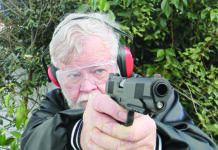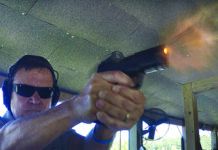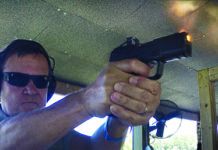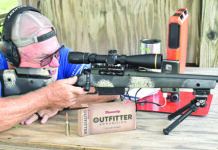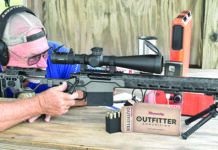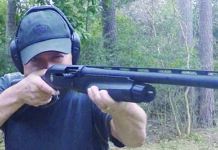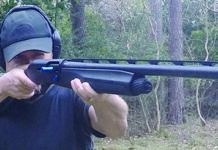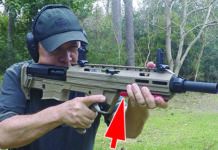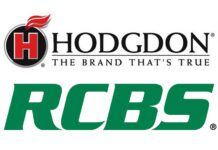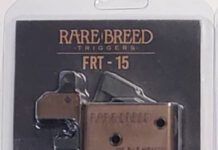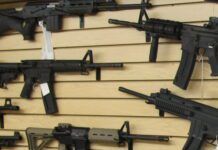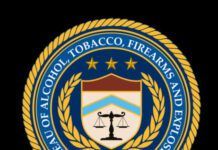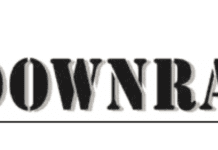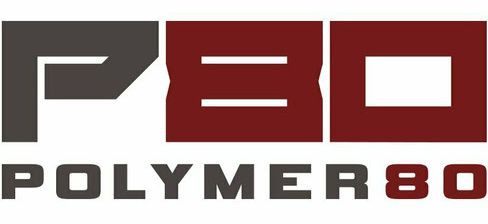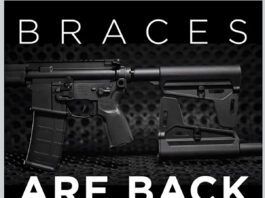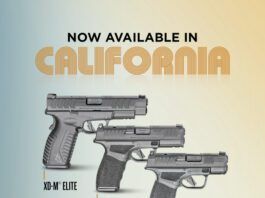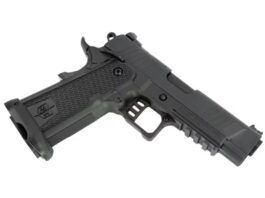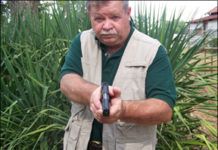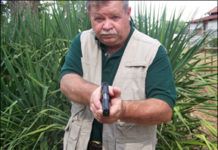James Debney Named President of S&W Firearms Business Unit
Sturm, Ruger wins 3rd Firearms Manufacturer of the Year Award
Time to Put An End to Army Bases as Gun-Free Zones
Glock Releases New Rough-Textured-Frame Pistols: G19 RTF2 and G23 RTF2
Kel-Tec P32PK 32 ACP
A good choice for deep concealment; anyone trained on a double-action-only handgun will find the P32PK to be a most suitable backup.
Washington State Patrol Converts to Smith & Wesson M&P Pistols
Smith & Wesson Begins Shipping Walther PK380 Pistols
Self-Defense Handgun Sights: Novak and Wilson Combat Win
Where is no end to debate concerning handgun sights and their use. Personal preference plays a role, but a poor choice in a defensive handgun may have serious consequences. Good enough and bargain basement dont cut it. Even the use of sights is debated. Some argue for point shooting or instinctive fire at close range. Unsighted fire sounds like a disaster waiting to happen. The keys to accurate fire include smooth trigger compression, proper sight alignment and proper sight picture. Area aiming or aiming for the whole target is not going to get the job done.
For most gun-buyers, sights are a make-or-break part of the purchase, as important as the cartridge. Sights can-and should-influence which guns you buy. Also, on guns you already own, you can upgrade the sights, especially 1911s and Glocks-if you know what works, and what doesnt. A person who purchased the best pistol he could afford at the time may wish to upgrade to better sights at a later date, but how does he know what to choose?
We wanted to compare the execution of several sights found on existing factory guns and as aftermarket products to see which one offered the best combination of sight quality, ease of presentation, and durability. This is a tricky job description for a sight, because those requirements can be contradictory. In the past the shortcomings of pistol sights were understood. A universal fault was the round front sight. Where was the top of the sight? Sight pictures were not repeatable. About 1923 a Western peace officer named Tom Threepersons had a square and tall front sight added to his 4.75-inch-barrel Colt Single Action Army. Better sights followed.
Among the first practical high-visibility handgun sights were Kings Hardballer sights. They raised the sight picture and offered an improvement over small GI sights. The problem with fitting combat sights on a self-defense gun is the height of target-type sights. Too-tall front and rear sights became so obtrusive the handgun became difficult to holster. If you use a rear sight that sets tall above the frame, then the front sight must have a correspondingly high profile. The revolution came with Wayne Novaks Lo Mount sights. Designed like a pyramid, these sights require a special mounting cut in the slide to ride low. The front sight may be as low as .200 inch, although a .249 sight is also used.
Reducing the vertical profile of a sight is important because adjustable sights are exposed to all manner of insult and are relatively fragile. If you visit a police department, you notice that the area around the door jamb of the squad room is often beaten up. This is because that is hip level, and cops guns, especially the sights, take a beating on doorways. And, of course, sights are rubbed on by holsters, and they may impede drawing the weapon when you need it most.
To consider these issues, we looked at nine different common sight styles on a host of guns. GI sights, Mil Spec sights, Trijicon sights, XS big dot sights, Novak sights, Heinie sights, McCormick sights, Para Ordnance sights, and Wilson Combat sights.
Self-Defense Handgun Sights: Novak and Wilson Combat Win
Where is no end to debate concerning handgun sights and their use. Personal preference plays a role, but a poor choice in a defensive handgun may have serious consequences. Good enough and bargain basement dont cut it. Even the use of sights is debated. Some argue for point shooting or instinctive fire at close range. Unsighted fire sounds like a disaster waiting to happen. The keys to accurate fire include smooth trigger compression, proper sight alignment and proper sight picture. Area aiming or aiming for the whole target is not going to get the job done.
For most gun-buyers, sights are a make-or-break part of the purchase, as important as the cartridge. Sights can-and should-influence which guns you buy. Also, on guns you already own, you can upgrade the sights, especially 1911s and Glocks-if you know what works, and what doesnt. A person who purchased the best pistol he could afford at the time may wish to upgrade to better sights at a later date, but how does he know what to choose?
We wanted to compare the execution of several sights found on existing factory guns and as aftermarket products to see which one offered the best combination of sight quality, ease of presentation, and durability. This is a tricky job description for a sight, because those requirements can be contradictory. In the past the shortcomings of pistol sights were understood. A universal fault was the round front sight. Where was the top of the sight? Sight pictures were not repeatable. About 1923 a Western peace officer named Tom Threepersons had a square and tall front sight added to his 4.75-inch-barrel Colt Single Action Army. Better sights followed.
Among the first practical high-visibility handgun sights were Kings Hardballer sights. They raised the sight picture and offered an improvement over small GI sights. The problem with fitting combat sights on a self-defense gun is the height of target-type sights. Too-tall front and rear sights became so obtrusive the handgun became difficult to holster. If you use a rear sight that sets tall above the frame, then the front sight must have a correspondingly high profile. The revolution came with Wayne Novaks Lo Mount sights. Designed like a pyramid, these sights require a special mounting cut in the slide to ride low. The front sight may be as low as .200 inch, although a .249 sight is also used.
Reducing the vertical profile of a sight is important because adjustable sights are exposed to all manner of insult and are relatively fragile. If you visit a police department, you notice that the area around the door jamb of the squad room is often beaten up. This is because that is hip level, and cops guns, especially the sights, take a beating on doorways. And, of course, sights are rubbed on by holsters, and they may impede drawing the weapon when you need it most.
To consider these issues, we looked at nine different common sight styles on a host of guns. GI sights, Mil Spec sights, Trijicon sights, XS big dot sights, Novak sights, Heinie sights, McCormick sights, Para Ordnance sights, and Wilson Combat sights.



